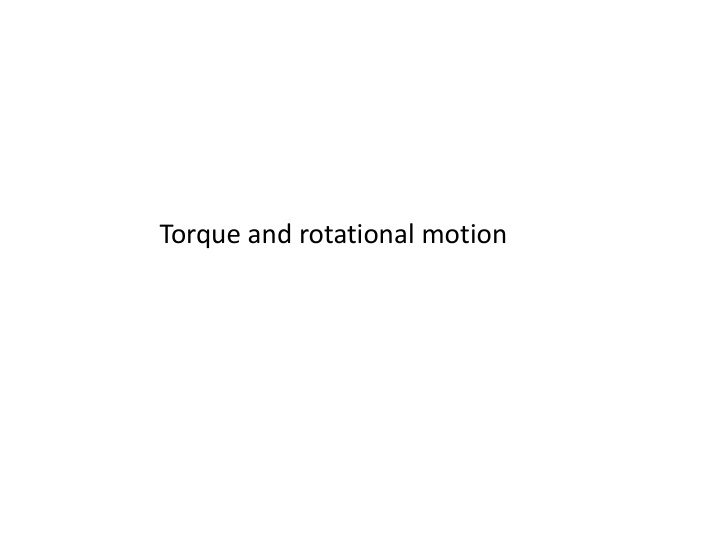



Torque and rotational motion
Meaning of angular vectors r F F r O Rotating the object
Class 4: Charges and Coulomb's Law
The four fundamental interactions of nature (From Wikipedia: Fundamental interaction) Electric Magnetic Weak Electromagnetic Strong Property/Interac Gravitation tion (Electroweak) Fundamental Residual Acts on: Mass ‐ Energy Flavor Electric charge Color charge Atomic nuclei Particles Electrically All Quarks, leptons Quarks, Gluons Hadrons experiencing: charged None Particles W + W − Z 0 Graviton γ Gluons Mesons mediating: hypothesised Strength in the Not applicable 10 − 41 10 − 4 1 60 scale of quarks: to quarks Strength in the scale of Not applicable 10 − 36 10 − 7 1 20 protons/neutron to hadrons s: All this course about
Charges Units for charge: Coulomb (C) Charge has sign: positive (+) or negative ( ‐ ) Basic charge: 1.602 10 ‐ 19 C Charge of an electron = ‐ 1.602 10 ‐ 19 C Charge of a proton = +1.602 10 ‐ 19 C A neutral atom/molecule must have equal numbers of proton and electron. An atom/molecule can be made positive or negative by removing or adding electrons to it.
Conservation of charges Total charge is constant in any process
Attraction and repulsion between charges Two charges repel if they have the same sign. Two charges attract if they have the opposite sign.
Coulomb’s Law F q 1 and q 2 have the opposite q 1 and q 2 have the same sign: q 2 sign: q 2 F r r F q 1 F q 1 q q 1 1 2 F Magnitude equation 2 4 r 0 0 = 8.8542 10 ‐ 12 C 2 /Nm 2 1. In SI units (aka MKS system), charge q is a new dimension and it has no mechanical equivalence, i.e. you can not express Coulomb in terms of kg, m, and s. So now we have four basic units: C, kg, m, and s. 2. There is a (4 ) here so that there is no (4 ) in the Maxwell’s Equations. For this reason, the SI units is called the “rationalized” units.
Recommend
More recommend